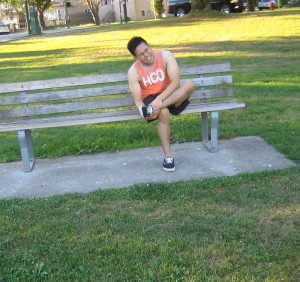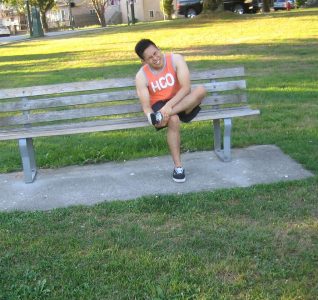Achilles tendonitis is a prevalent injury among individuals who run those who engage in frequent running during sports. The Achilles tendon is the biggest and susceptible tendon in the body. It connects the gastrocnemius and the soleus muscles of the lower leg to the heel of the foot. Remember that the tendons are durable, but not flexible enough to go so far before they end up inflamed and eventually tear or rupture.
What are the indication of Achilles tendonitis?
Always bear in mind that Achilles tendonitis occurs gradually or abruptly. The acute symptoms are difficult to ignore and often includes pain in the back part of the ankle and right above the heel that manifest rapidly over a few days. It intensifies during physical activity and often has a specific area of soreness or tenderness that increases upon palpation.
In chronic cases, it often results to episodes of acute tendonitis that fails to heal correctly. It is vital to allow the soft tissue injuries to fully heal before resuming any high-impact sports. Individuals who resume early or perform too much are at risk for turning a short-term injury to a lasting one.
In some circumstances, tendonitis can develop in a slow manner and eventually worsens over weeks or months. This form of pain is often worse in the morning upon waking up and subsides as the tendon is warmed up and stretched.

What are the causes?
Achilles tendonitis is considered as a chronic injury that mainly occurs due to overuse. It usually occurs gradually over time until the pain becomes constant and physical activity is too painful to continue.
The major cause for chronic cases of Achilles tendonitis is disregarding the initial warning indications and pushing the body through despite the pain. In case the Achilles tendon becomes sore or starts to ache, it is vital to allow it to rest right away.
Another contributing factor to the development of Achilles tendonitis is diminished flexibility in the calf muscles that causes the shortening of the muscles that produces increased tension in the tendon. Overuse can also add up to the condition as well as abrupt increase in the training mileage, activities involving substantial speed work or running uphill.
Treatment
Upon the initial sign of Achilles tendon pain, the individual should rest and reduce the training intensity. Running uphill or speed training must be stopped and start with mild calf stretching after exercise when the tendon and muscle is still flexible and warm.
Strengthening the calf muscle can also help minimize the strain on the Achilles tendon. Toe balancing, toe raises and wall stretching are beneficial exercises. It is not necessarily required to stop activity entirely as long as the individual pays close attention to muscle soreness and reduce the activity level accordingly.

